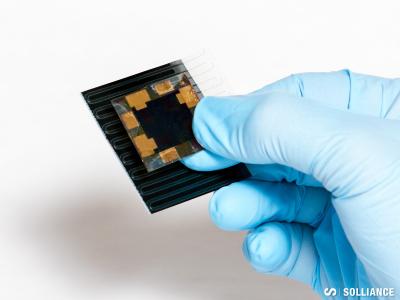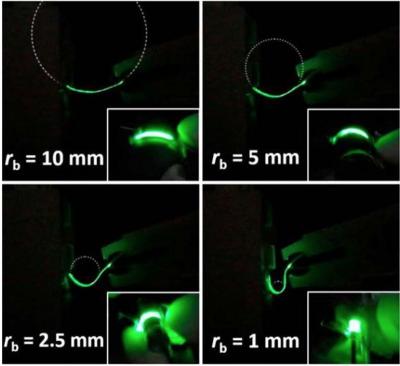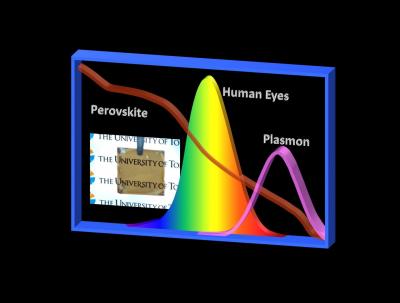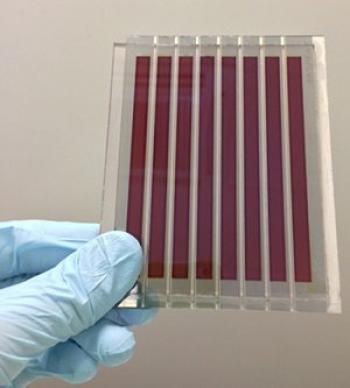Korean scientists develop graphene electrode to enable next-gen perovskite solar cells
Several research institutions in South Korea are actively conducting research and development on next-generation solar cells, heightening expectations for commercialization. The research team led by Prof. Yoon Soon-gil of Chungnam National University has developed a new graphene electrode to produce perovskite solar cells at a low temperature. In addition, the team led by Prof. Choi Kyoung-jin of the School of Materials Science and Engineering at UNIST has developed a new concept tandem solar cell using transparent conductive adhesives (TCA).
The graphene electrode developed by Professor Yoon's team can help create a perovskite solar cell at a low temperature and can raise both safety and economic efficiency.






